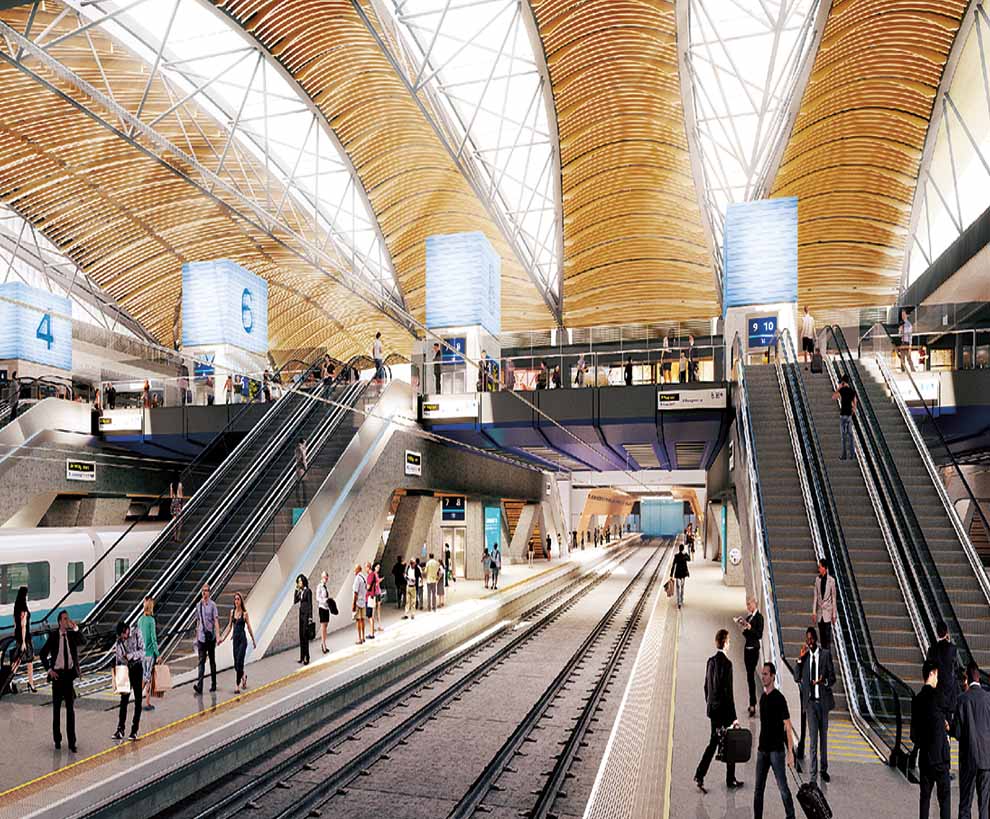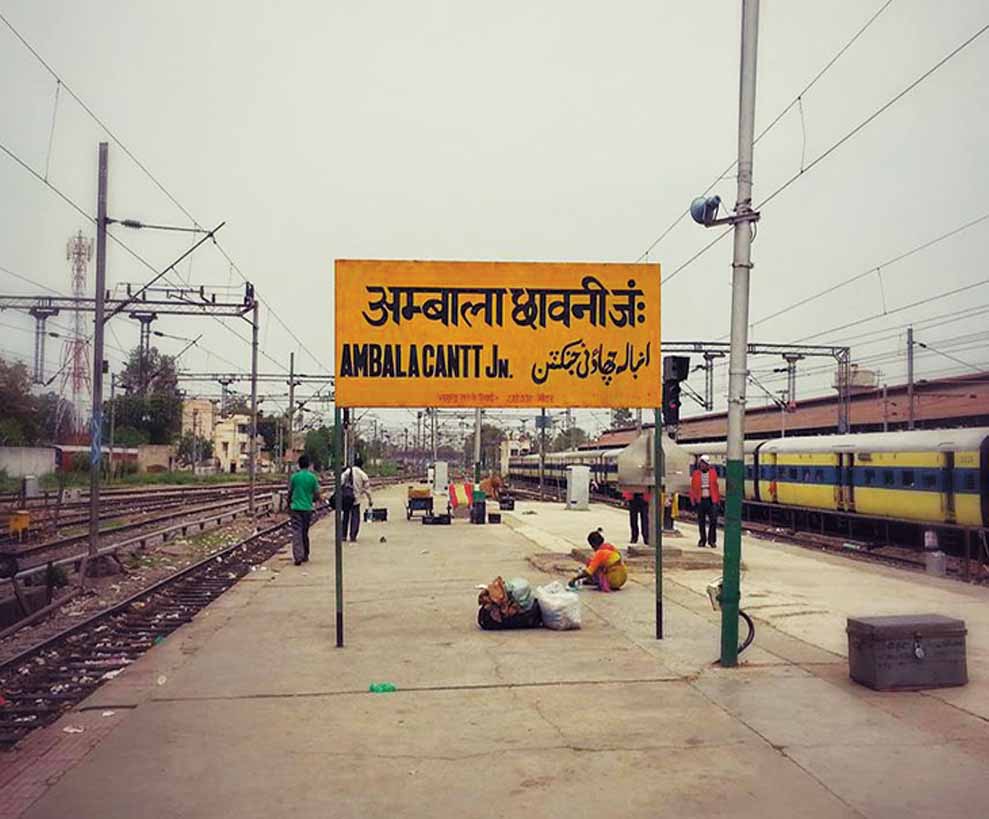
 One of the most ambitious and biggest infrastructure programmes of the government of India has been the station redevelopment programme of Indian Railways (IR). As many as 400 key railway stations in the country have been set with massive redevelopment targets. They are going to provide amenities and services to the passengers in line with world class railway stations. Although many of whatever one can call aspired elements have been planned to be provided in those stations. Among the foremost arrangements, separate ways for boarding and de-boarding passengers is an important idea. There will be high class parking facilities, connection with other modes of transport with cities, vendors, shopping malls, medicine shops, escalators, lifts and what not.
One of the most ambitious and biggest infrastructure programmes of the government of India has been the station redevelopment programme of Indian Railways (IR). As many as 400 key railway stations in the country have been set with massive redevelopment targets. They are going to provide amenities and services to the passengers in line with world class railway stations. Although many of whatever one can call aspired elements have been planned to be provided in those stations. Among the foremost arrangements, separate ways for boarding and de-boarding passengers is an important idea. There will be high class parking facilities, connection with other modes of transport with cities, vendors, shopping malls, medicine shops, escalators, lifts and what not.
On the platform, improved passenger areas, the quality passenger information system, waiting rooms, free and paid Wi-Fi options, power charging stations, paid mobile washrooms, dormitory and retiring rooms, so on and so forth. But what will be the price for all these facilities? The most striking point is that there will be no additional charge from the passengers for these better facilities.
Source of finance
The financial crunch has been a chronic phenomenon for IR. But the stations redevelopment, with overall size of ` 1 lakh crore, will be made through public-private-partnership (PPP) mode. This is one of the largest PPP projects undertaken by the government. No additional funding is required from the Railways. For this purpose about 2,200 acres of Railways’ vacant and undisputed land at or near those 400 railway stations will be provided to the developers for a 45 year lease period. To start with 28 important stations have been chosen. Out of these, 23 stations have been declared and that other 5 will be declared after the ongoing state elections.
The Railways expects that through this programme it is possible to generate a surplus revenue which will further be utilized in other modernization projects. On the part of the Raiways it has been mentioned, “to maximize commercial potential of the public assets,… Indian Railways has adopted the so called “modified Swiss challenge” methodology for the bidding process”. Under this method, zonal railways will approach the markets soliciting plans and financial models for developing about 400 stations in a phased manner.
This method can be welcome as it is different from the earlier centralized system of the Indian Railways. Earlier any project worth more than ` 100 crore would be controlled by the Board. It is expected that the decentralized process will be better and it is long overdue. Particularly, for the station redevelopment programme, executive responsibility rests with Chief Planning and Design Engineers of the respective zones and overall heads are General Managers of the respective zones.
Station maintenance programme
There is another separate station development programme. A number of selective stations will be handed over to the developers on a lease basis of 15 years. In this case station developers will develop and take care of those stations and only core operations of railways, like ticketing, parcel, etc. will remain under railways. In 15 years developers have to earn revenue for their investments in the stations.
Prospects of the projects
Prospects seem to be doubtful. A large section of railway persons think that land lease for commercial purpose may be harmful for railway development. It may hamper the future development programme. To increase the revenue the department should look for other sources. Even earning of revenue through this stations redevelopment programme is also doubtful to many of them.
Actually at this preliminary stage it is hard to have proper assessment of the financial benefit from this plan. But there are some stations where the required land for commercial development is available and there is commercial viability. Ranchi is one example. South Eastern Railway (SER) sources say that stations like Kharagpur where there is required land may not be commercially viable. Whereas stations like Shalimar which may be commercially viable places do not have the required land to develop. This indicates that the prospect of the programme is not as bright as thought.
Opinion of the developers
A few developers went for this purpose to SER headquarters to meet GM and other officers. It is known that they raised some issues. The two most important issues are enhancement of the lease period to 99 years, instead of 45 years and inclusion of real estate activity in addition to what is already been in the project. There are real problems to include such demands of the developers. In such a case uncertainty will increase.
Conclusion
It is doubtful how far the present programme will be successful. What is more doubtful is the financial benefit of the Railways through this way. The question arises: can world class luxury stations be more of a priority than world class passenger and goods trains movements in India? Government should look for other ways to develop the most important communication system. If India can develop roads to a great extent, why will it not develop railways in a better way? It is a common notion that railways have comparative advantages over road transport in many respects. It is the political will that matters most in this case.
Add new comment